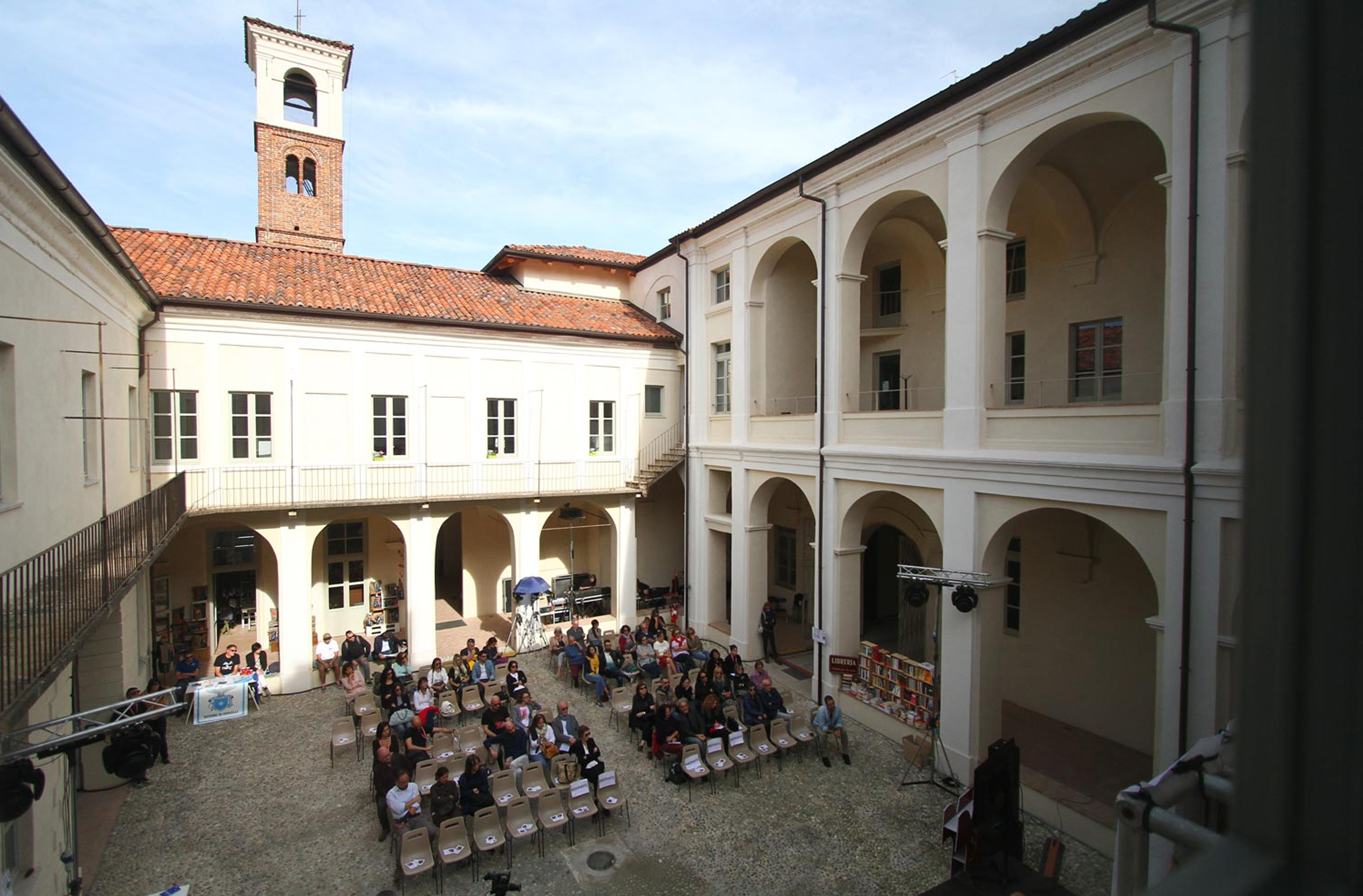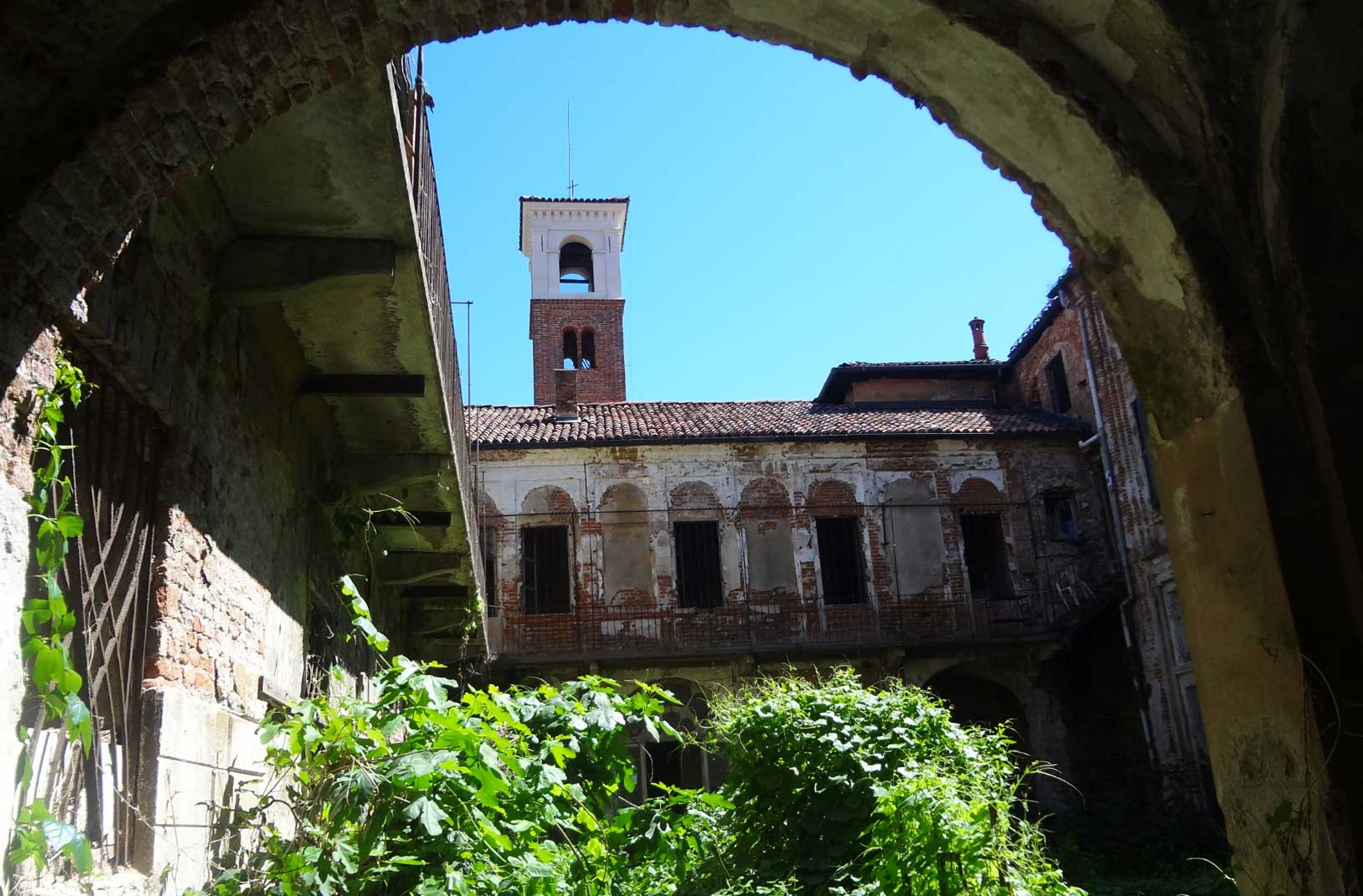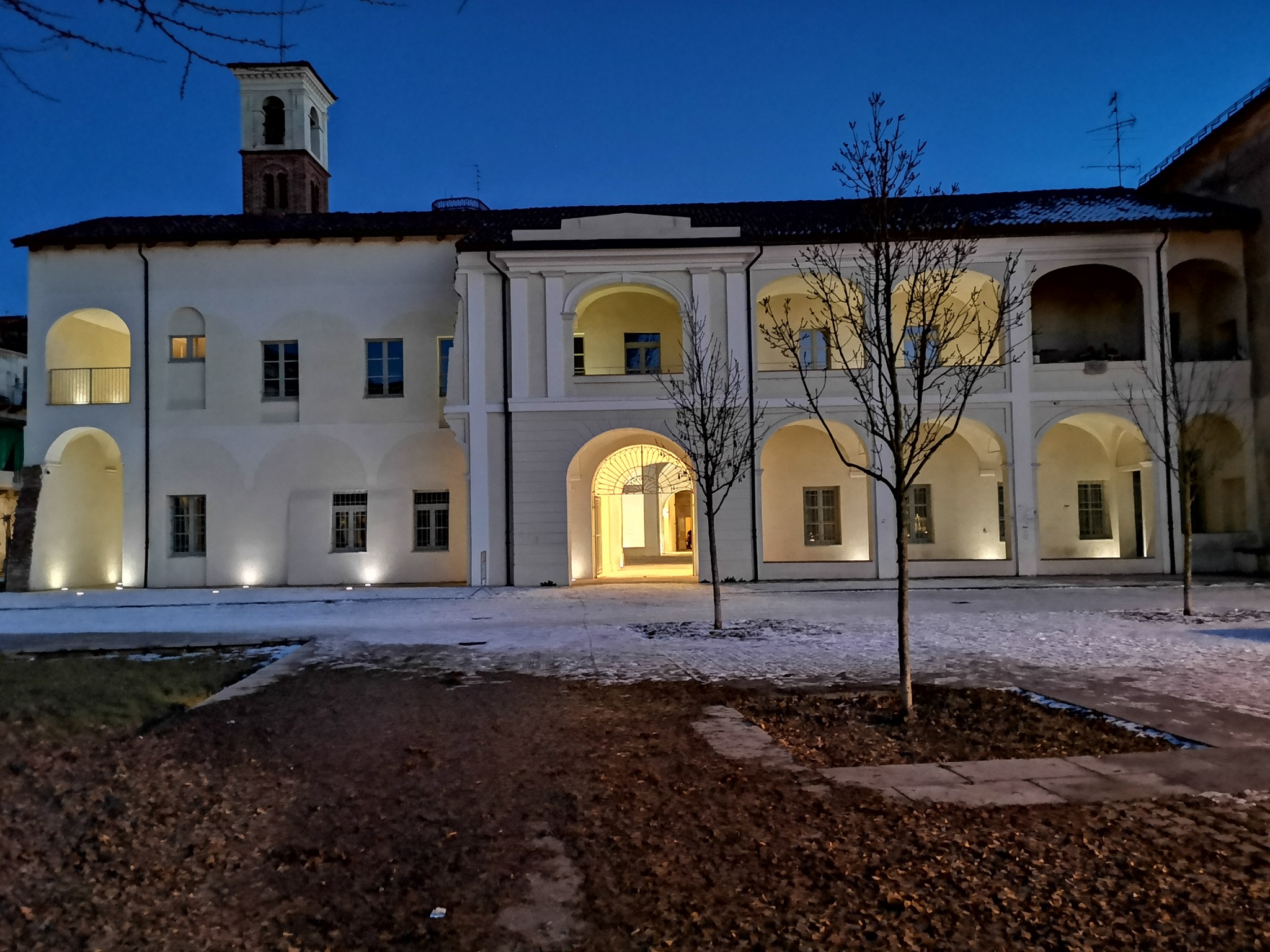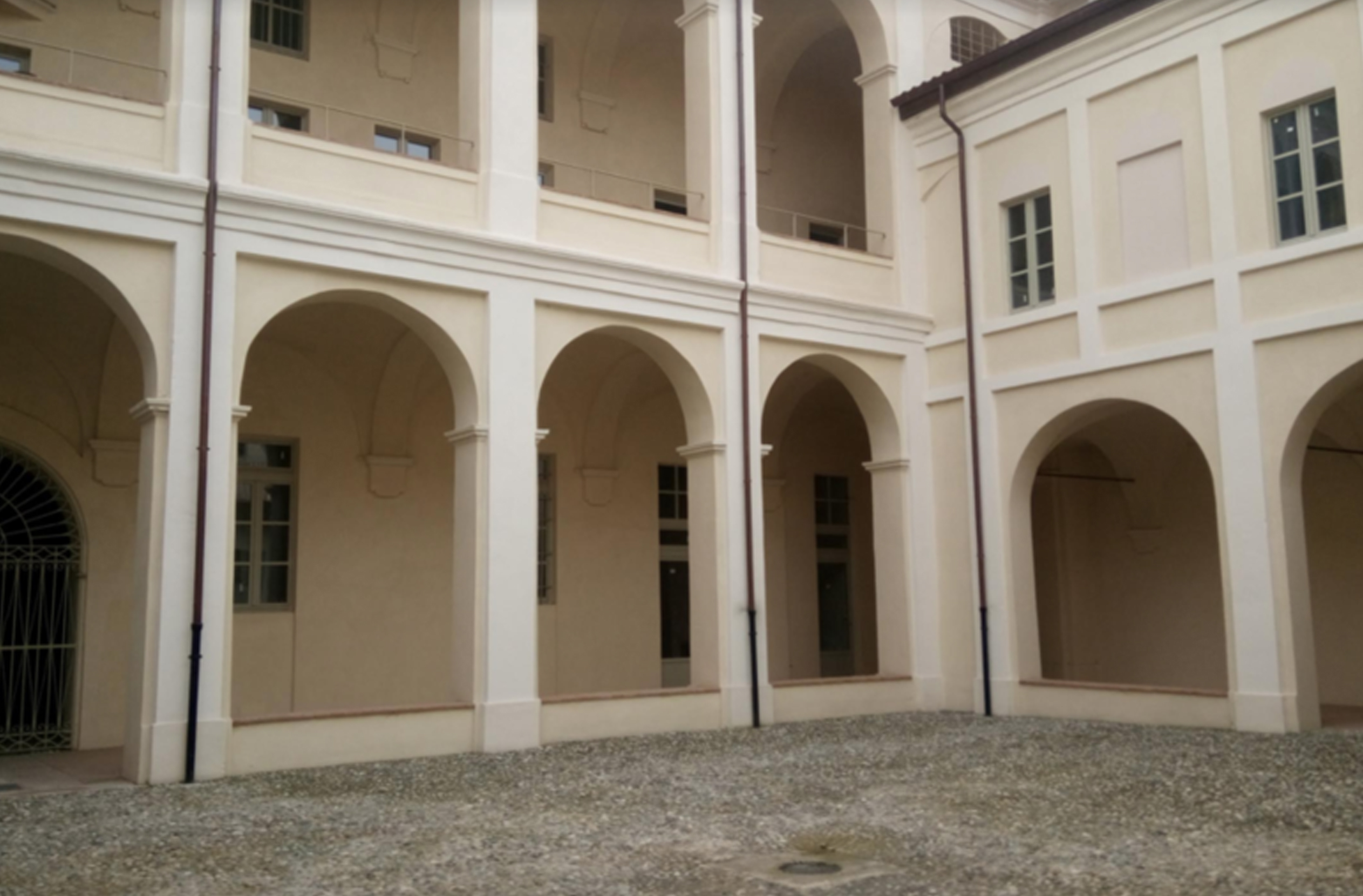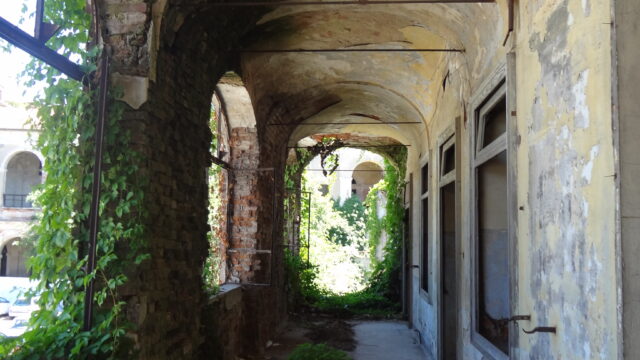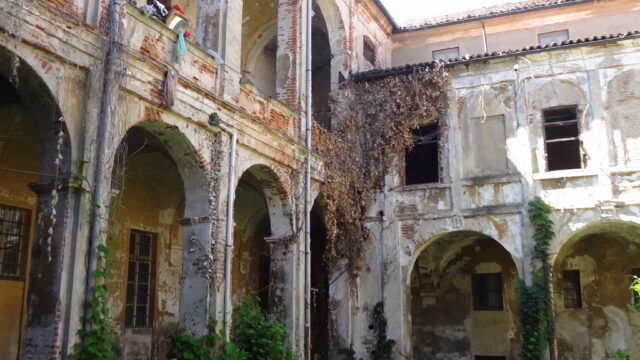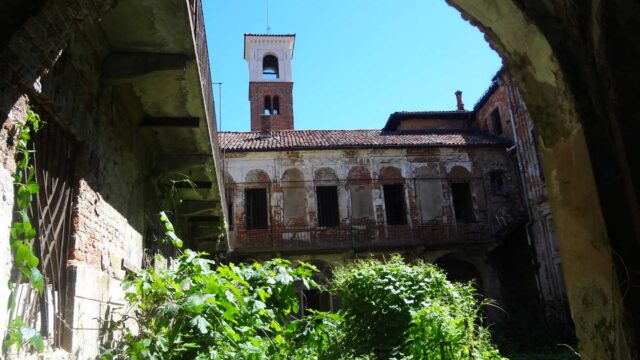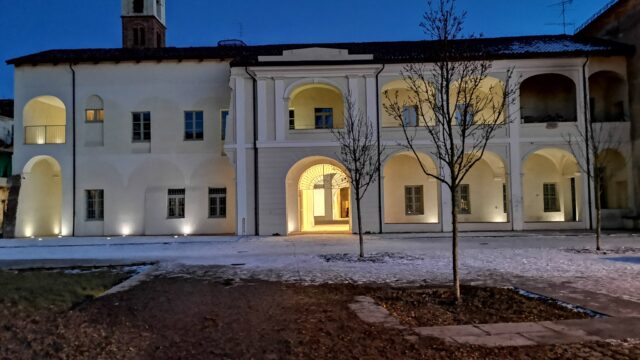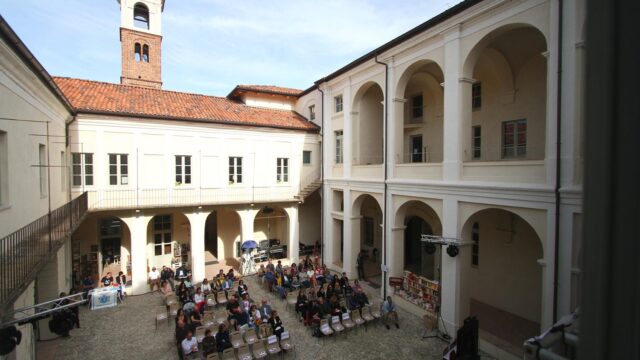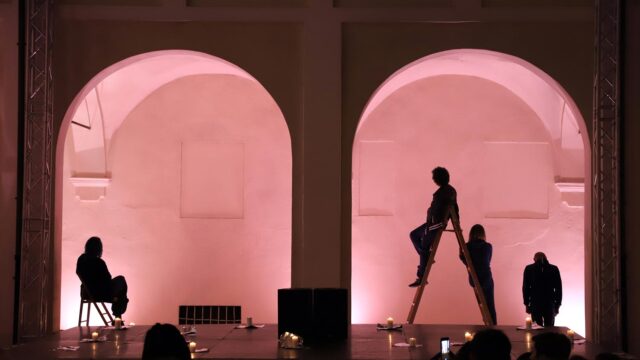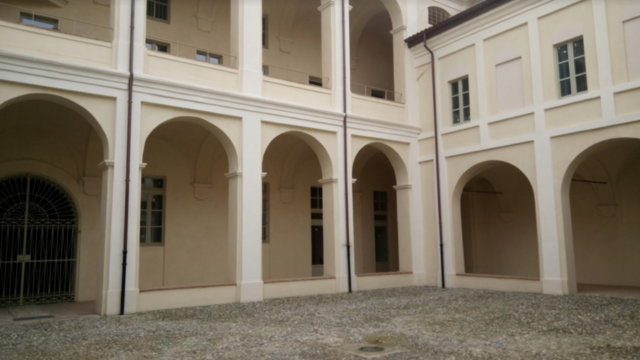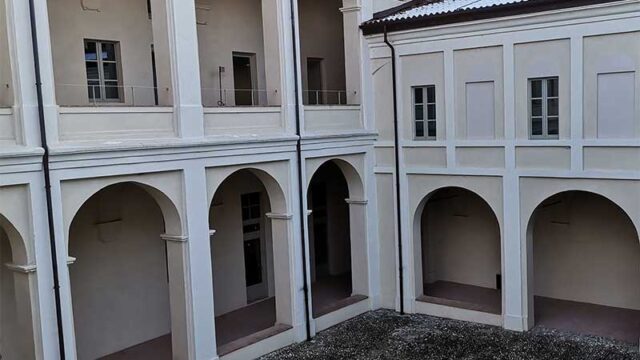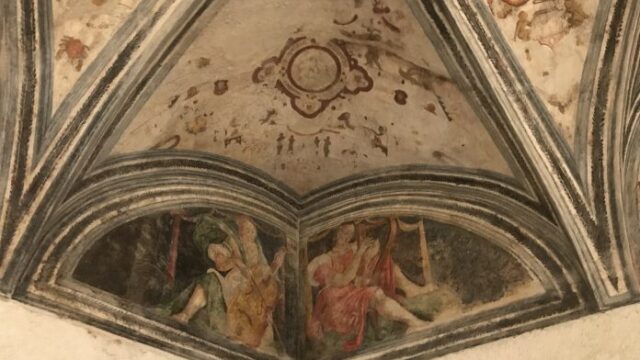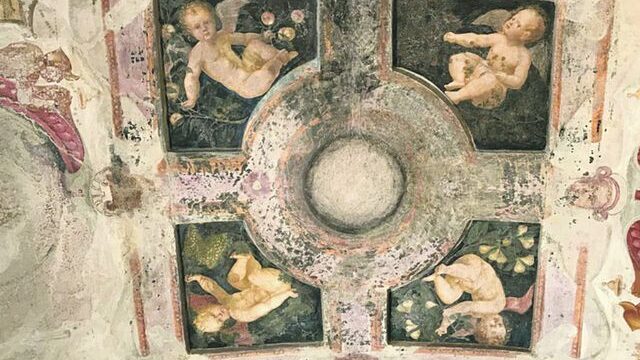FORMER MONASTERY OF SAN PIETRO MARTIRE
VERCELLI
The complex's location in Vercelli's historic center influenced the design approach, which focused on restoring and reconstructing the building's dilapidated sections. The goal was to create a hub for excellent city services, while addressing the challenges of safety and mobility in an urban context.
Definitive
and Executive Service
Location
Vercelli (VC)
Client:
Municipality of Vercelli
Surface area
1,327 m2
Restoration
Type
Status
Achieved
The structural interventions aim to preserve the building's original typological characteristics. Restoration work on the masonry facings was planned, with cement mortar injections to consolidate deteriorated joints. The masonry vaults underwent extensive interventions, including hollowing out, re-butting, stiffening the ribs, inserting carbon fiber reinforcement (FRP) elements, and creating reinforced screeds.
The project involved the demolition of some parts of the building and the repurposing of the spaces, some of which were intended for artisan workshops for the start-up of new small and medium-sized enterprises (SMEs), offices for training activities, a space for the Operations Center-Call Center (COCC) of the SECOMEUS project, and a new "bike sharing" pick-up station.
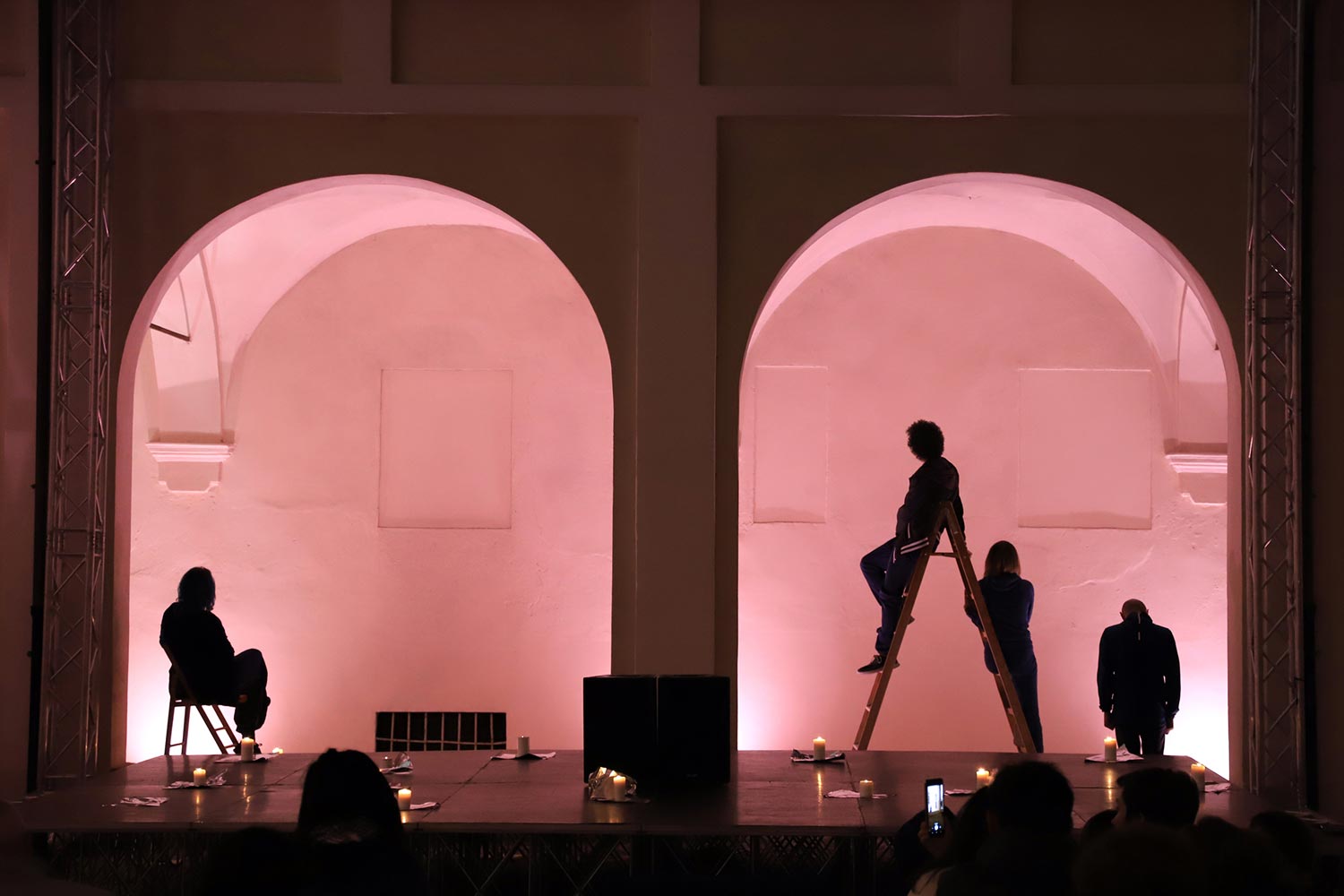
The conservation project had the sole objective of fully recovering all of the building's decorative and structural features, thus helping to maintain its character and memory even amidst inevitable functional changes, which are beneficial to the city.
The project includes work on electrical, heating, mechanical, special systems, and data systems. Particular attention was paid to removing architectural barriers and complying with fire safety regulations. During the works, measures were adopted to reduce environmental impact, such as the use of soundproofing panels to fence the construction site and the optimization of material transportation routes.
All activities were carried out in accordance with the approvals issued by the local Superintendency, ensuring compliance with safety regulations and the preservation of the building's historical and cultural value. The restoration and redevelopment project of the former Monastery of San Pietro Martire represents a significant initiative for the city of Vercelli. Once renovated, the building will house workshops for artisanal activities, training, and the promotion of sustainable mobility, contributing to the revitalization of the historic center and offering new spaces and services to the community.


